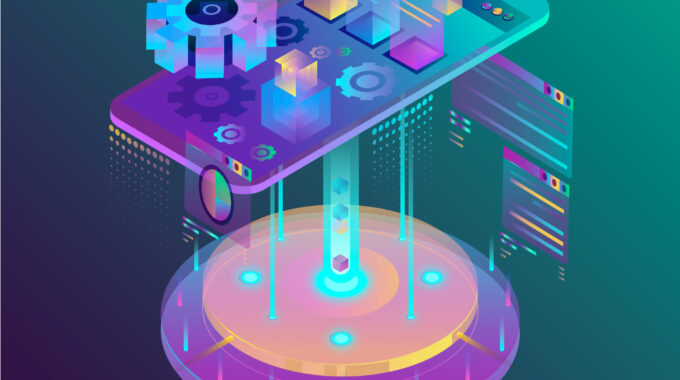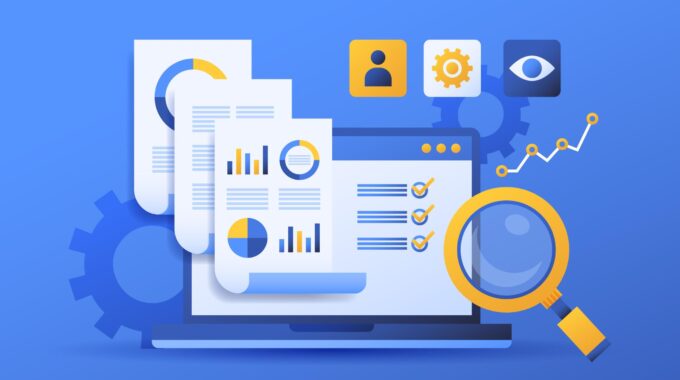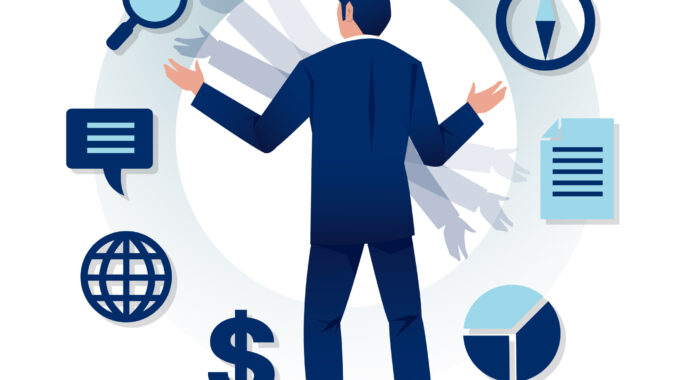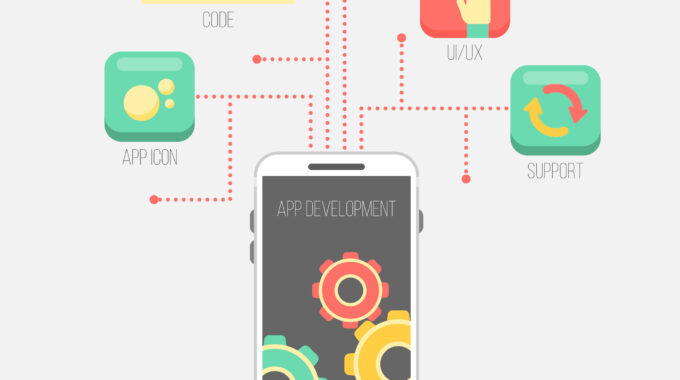This article delves into the pivotal role of Franchise Management Software in streamlining operations and…

The need for Application modernization and Application modernization tools
Introduction
Traditional software applications are quickly becoming obsolete in today’s competitive digital landscape as businesses strive to remain ahead of the competition. This is where application modernization comes in. Application modernization is the process of modernizing outdated or legacy applications with the latest technology to improve efficiency, productivity, and innovation. It involves updating, replacing, and enhancing existing applications with software packages and services created with the most up-to-date technology.
Modernization of Applications
Application modernization involves moving IT infrastructure and applications from legacy systems to modern solutions. Reusing and/or updating existing code, rebuilding systems with new technologies, decommissioning old systems, and migrating legacy data are all part of this procedure. Additionally, application modernization can imply the replacement of legacy apps with new technology solutions.
Many organisations require this procedure as legacy applications become increasingly obsolete, difficult to maintain, and incapable of meeting current business needs. Application modernization can be done either in-house or by outsourcing to a remote vendor.
Need For Modernization
Legacy applications are prone to data and security breaches. Legacy applications are becoming increasingly vulnerable and incapable of protecting private data as security breaches become more sophisticated and frequent.
Furthermore, legacy applications often have performance issues due to their outdated technology. Businesses running legacy applications may experience slow response and loading times, which can negatively impact customer experience and revenue.
To stay up-to-date with the latest technological advancements, it is essential to modernize your applications. This is particularly crucial in today’s digital age, where both customers and companies rely on cutting-edge digital products and services. Modern applications are designed with the latest technologies, offering better usability, performance, and integration with existing digital infrastructure.
Modernization Techniques
Application modernization techniques involve either refactoring or replacing legacy applications with new technology solutions.
Refactoring is the process of reorganizing an application’s code without changing its behaviour. Reorganizing classes, repackaging code, refactoring databases, and removing stale or redundant code are all examples of this. This technique is ideal for outdated systems that do not require a complete overhaul, but could gain from some improvements.
A contemporary technological option, for example, the software-as-a-service or cloud-based applications could potentially substitute the outdated software system. This strategy is perfect for companies that need a more comprehensive solution that is customised to their specific needs.
Modernization Tools
There are several tools and services available for application modernization. These include Database Modernization tools, Cloud Migration tools, Legacy Code analysis tools, and agile refactoring tools.
- Database Modernization tools are used for migrating legacy databases and schemas to newer databases. These tools help create more manageable and modern database designs, which improves performance and scalability.
- Cloud Migration tools are also important for moving legacy applications to cloud environments. These tools make it simple and secure to move and launch applications to the cloud without requiring manual configuration or coding.
- Software developers use legacy code analysis tools to examine the application’s existing codebase and find sections that require refactoring or contain redundant code. This helps developers gain a better understanding of the codebase and plan their modernization strategy.
- Agile Refactoring tools automate the process of refactoring legacy applications, making the process faster and easier. These tools help developers apply modern design practices, test new versions of the application quickly, and track the progress of the modernization.
Conclusion
Application modernization is a necessary process for modern businesses, as legacy applications often lack the performance, security, and scalability needed to compete in today’s digital environment. There are numerous tools and services available for application modernization, including database modernization tools, cloud migration tools, legacy code analysis tools, and agile refactoring tools. By utilizing these tools, organizations can modernize their applications to meet current business needs and stay competitive.
About Apoorva:
Apoorva is a technology services company that assists software products with ideation, developing prototypes, programming, creating a digital marketing presence and accelerating sales through direct contact. Over 150 for-profit and non-profit organizations, such as Xcel Energy, PeopleCare Health Services, Frontier Airlines and Centers for Spiritual Living have trusted Apoorva to build software.
Apoorva was founded in 2001, has more than 50 employees, and uses proprietary and proven methodologies to bring technology products to the market. Contact us / Visit apoorva.com for more information.




